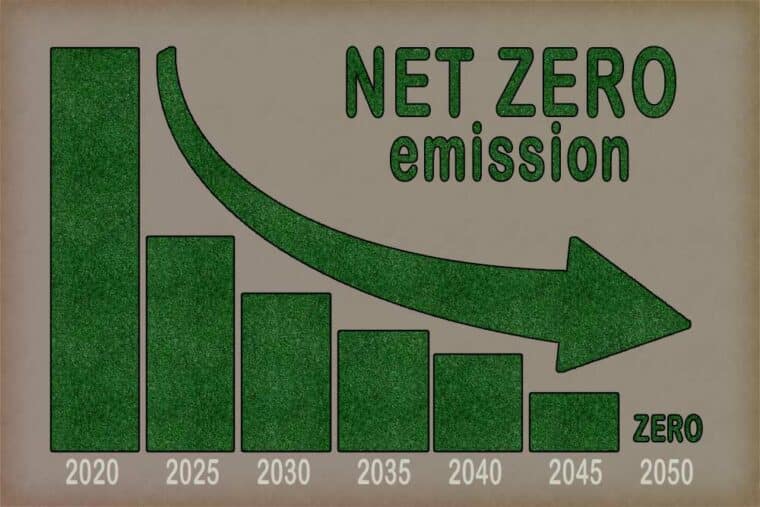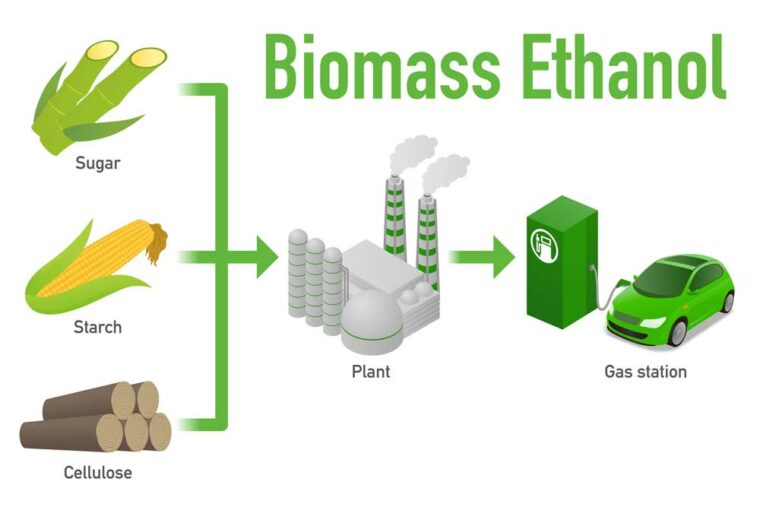Author: Kritika Bhardwaj
As the world awakens to the reality of climate change, the consequences of global warming become increasingly evident. With devastating hurricanes, floods, droughts, widespread hunger, and insect outbreaks making headlines worldwide, the need for action to avert the worst potential environmental change scenarios is undeniably clear. The key driver of global warming is the release of greenhouse gases, such as carbon dioxide, methane, and nitrous oxide, into the atmosphere. These gases trap energy from the sun, causing the Earth’s temperature to rise. Energy generation is the foremost contributor to current global greenhouse gas emissions, particularly in systems which rely on the combustion of fossil fuels like coal or gas.
As a result of the pressing need for change, the UK government has implemented the Net Zero programme, which aims to reduce greenhouse gas emissions by 80% by 2050, compared to 1990 levels. This programme has several interim goals set to meet this target, including a 50% reduction of emissions by 2025. Consequently, in order to meet these goals, the UK will need to significantly reduce emissions from all sectors of the economy, including power generation, industry, transport and buildings.

A shift towards more significant generation through renewable sources, such as solar and wind power, is an essential feature of future UK energy production. In addition, another powerful renewable resource is biomass production, which relies on the combustion of organic matter. To support the development of the biomass production sector, the UK government have announced £32 million of funding for the Biomass Feedstocks Innovation Programme (BFIP), which will support the UK’s transition to a low-carbon economy.
Perennial biomass crops live more than two years and are most often organisms like willow and poplar trees or fast-growing grasses, such as switchgrass and miscanthus. These are cultivated for their woody or cellulosic biomass and can be used to produce pellets, chips or wood-based fuels.
Currently, miscanthus and short-rotation coppice willow are regarded as the UK’s most promising sustainable perennial biomass crops (PBCs). Miscanthus yields up to 15 tonnes per hectare per year compared to the best-yielding annual crops (such as wheat and barley); they only achieve around 6-8 tonnes per hectare. Furthermore, short-rotation coppice willow is another promising PBC, as it can be grown on marginal land unsuitable for other crops. These crops provide renewable energy sources by capturing carbon dioxide (CO2) from the atmosphere during photosynthesis and storing this carbon in the above or below-ground plant biomass. These crops are converted to energy during the combustion process at harvest, releasing carbon as CO2. However, the application of bioenergy carbon capture and storage (BECCS) technology, plant-stored carbon can be captured at the combustion stage, avoiding emission to the atmosphere. BECCS can therefore be used as a technology for greenhouse gas removal to help the UK achieve its target to be “net zero” by 2050.
Research undertaken in the US as part of the Biological and Environmental Research (BER) programme has reported that perennial biomass crops like miscanthus and switchgrass offer large carbon sinks and are more productive alternatives to traditional annual crops like maise-soybean rotation crops. Perennials are well-suited for biomass production and don’t need to be replanted yearly. A key feature of PBCs is that they capture carbon dioxide from the atmosphere more efficiently than annual crops and can be grown in various climates and soils. PBCs are typically drought and pest-resistant and require fewer water inputs, fertilisers, and pesticides than annual crops, making them more environmentally friendly.
The UK’s renewable ethanol industry is now playing a significant role in helping to meet the country’s renewable energy targets and is expected to continue to grow in the years ahead. Bioenergy crops are naturally low-maintenance and are an excellent alternative to coal-burning factories. Bioenergy crops are also effectively used for bioethanol production, which can be used in gasoline engines, creating less polluting fuel.

Biodiesel is another potential majorly used in diesel engines, thus, reducing emissions. Bio-products, including bioplastics and biopolymers, are used in multiple applications, including packaging, construction, and automotive parts.
The market of PBCs will continue to grow in the UK and beyond as the world looks for opportunities to reduce its dependence on fossil fuels whilst maintaining energy production levels. With the right incentives and support for farmers, it will be possible to increase the amount of PBC production in the UK to match the future needs of energy producers to provide a stable and reliable supply of these renewable and green feedstock options.



